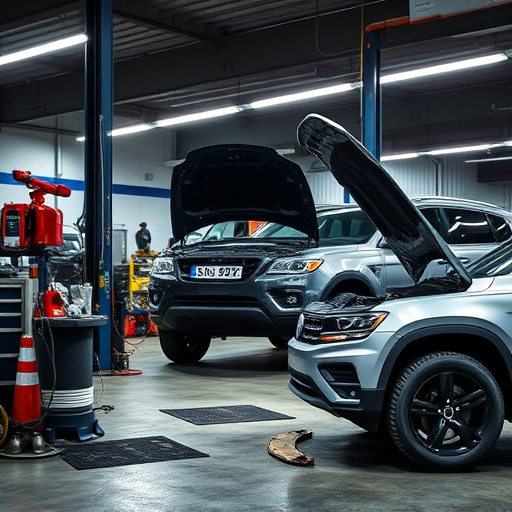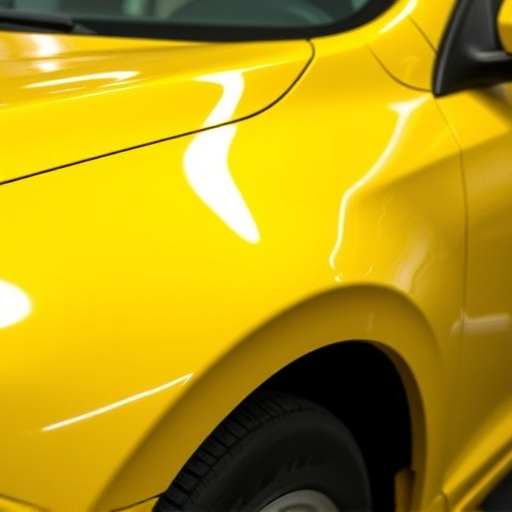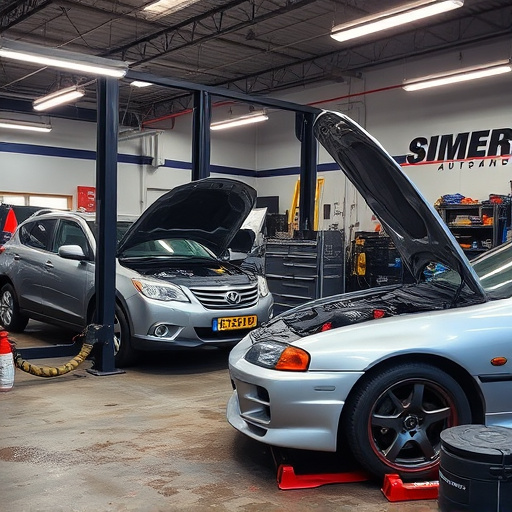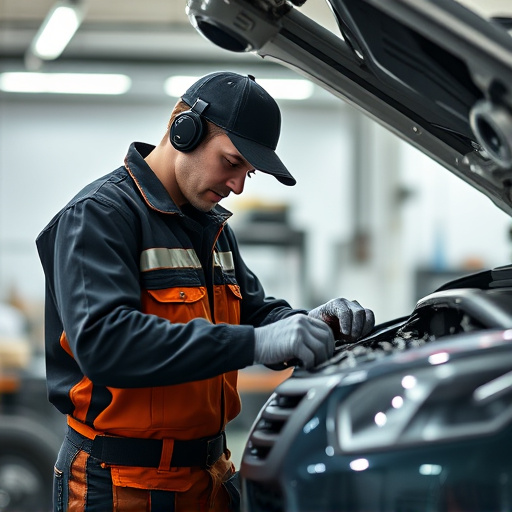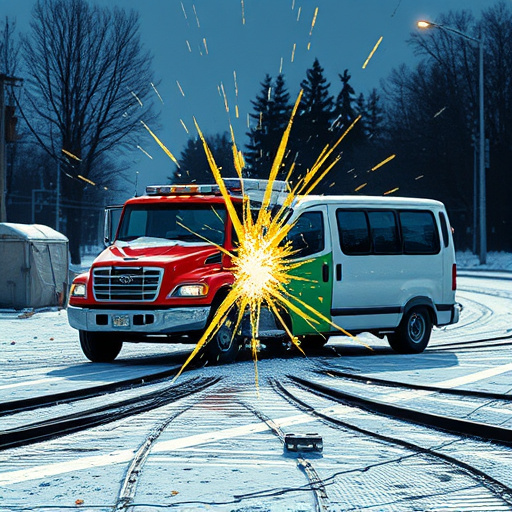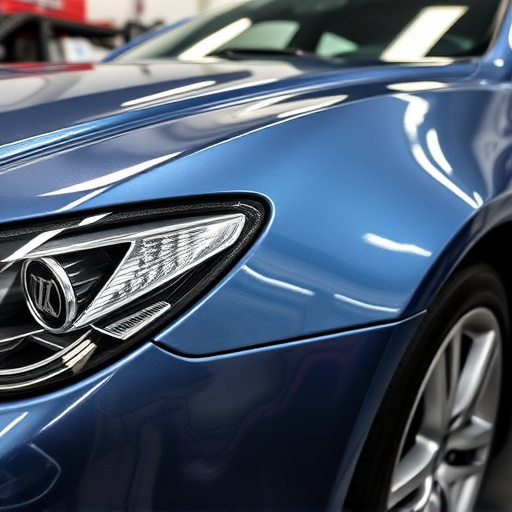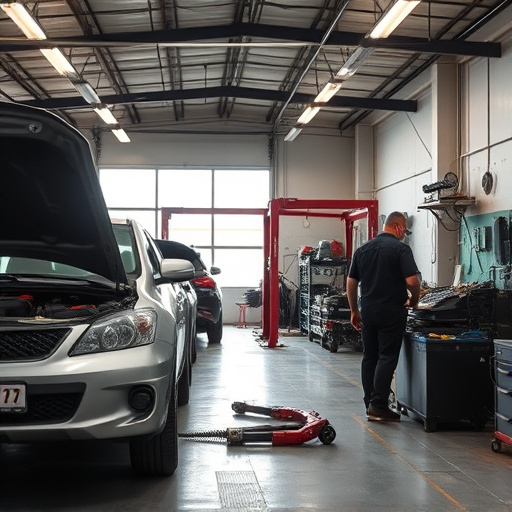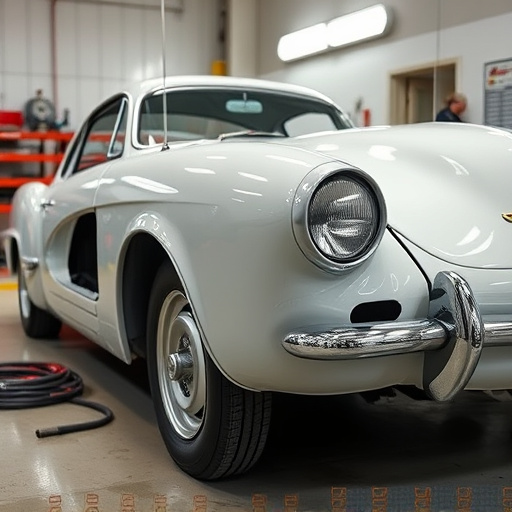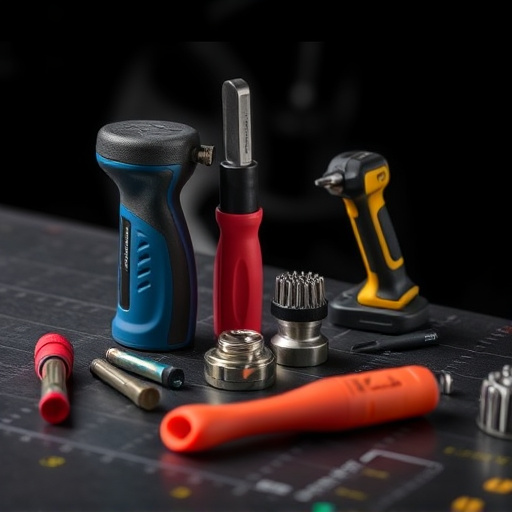Corrosion, a natural process causing material deterioration and structural weakness, requires proactive measures in automotive repairs. Technicians follow corrosion protection procedures that include thorough inspection, surface preparation, rust removal, and application of high-quality protective coatings like specialized paints or sealers. These steps, combined with pre-repair cleaning and addressing moisture intrusion, enhance the longevity and durability of repair work, protecting against future corrosion damage.
After repairs, technicians employ specialized corrosion protection procedures to safeguard against future damage. This is crucial as corrosion can swiftly undermine even well-executed fixes, leading to costly repairs and structural instability. By understanding corrosion’s subtle yet potent effects and implementing pre-repair preparations like surface treatment and coating choices, technicians enhance long-term protection. Post-repair, advanced techniques such as barrier coatings, conversion coatings, and innovative treatments ensure a robust defense against this insidious enemy.
- Understanding Corrosion and Its Impact
- Pre-Repair Preparation for Optimal Protection
- Post-Repair Techniques: A Comprehensive Approach
Understanding Corrosion and Its Impact
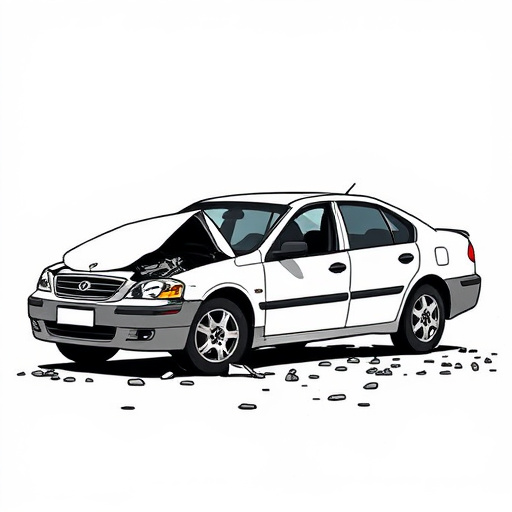
Corrosion is a natural process that can significantly impact the longevity and integrity of various materials, especially in exposed environments. It’s a subtle yet powerful force that begins with the deterioration of metal surfaces, leading to structural weaknesses and aesthetic damage if left unaddressed. In the context of automotive repairs, understanding corrosion is paramount for technicians aiming to provide long-lasting solutions. Corroded components can weaken over time, compromising safety and performance, especially in critical systems like brakes or suspension.
Technicians employ specific corrosion protection procedures as a standard practice after any repair or restoration work. These processes involve a multi-step approach, often starting with meticulous surface preparation to ensure no contaminants remain. This may include sandblasting or chemical treatments to remove rust and prepare the metal for the next phase. The application of high-quality protective coatings, such as specialized paints or sealers, is a crucial step in preventing future corrosion. Services like car paint repairs or paintless dent repair techniques can restore not only the aesthetics but also provide an additional layer of protection, ensuring vehicles remain in top condition, even after repairs.
Pre-Repair Preparation for Optimal Protection
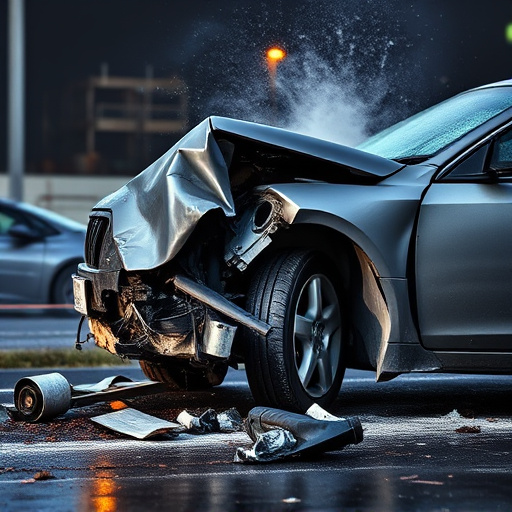
Before any repairs begin, technicians conduct a thorough inspection to identify potential sources of corrosion and assess the extent of damage. This pre-repair preparation is crucial in establishing a solid foundation for effective corrosion protection. They carefully clean the affected area, removing any rust, debris, or contaminants that could interfere with the application of corrosion protection procedures.
During this stage, technicians also make sure to address any underlying issues, such as moisture intrusion or poor paint quality, which can contribute to future corrosion. By taking the time for meticulous preparation, they ensure that the vehicle is in optimal condition for the application of corrosion protection treatments, enhancing the longevity and durability of the repair work, whether it involves dent removal or comprehensive vehicle collision repair at a car repair shop.
Post-Repair Techniques: A Comprehensive Approach
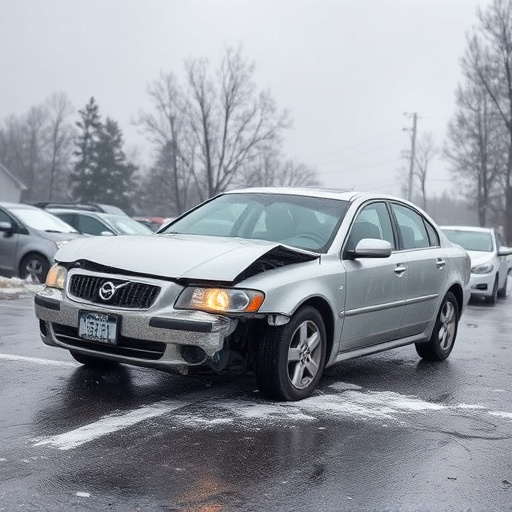
After completing repairs on a car’s bodywork, technicians employ various corrosion protection procedures to ensure long-lasting results. This comprehensive approach involves multiple steps tailored to address specific needs. Initially, they thoroughly clean and inspect the repaired area to remove any debris or contaminants that could hinder protection.
This is followed by priming, where a protective coating is applied to create a barrier between the metal surface and potential corrosive elements. Primers act as an adhesive, preparing the car’s bodywork for the final stage: painting. The application of high-quality paint not only restores the vehicle’s aesthetic appeal but also provides robust corrosion protection. Technicians use specialized techniques to ensure even coverage, filling in any gaps or imperfections, resulting in a durable and protective finish on both exterior and interior surfaces of autobody repairs.
After understanding the causes and impacts of corrosion, proper preparation before repairs and a comprehensive post-repair approach are key to implementing effective corrosion protection procedures. By combining these strategies, technicians can ensure lasting results, minimizing future damage and maintaining the integrity of structures. This multi-step process is essential for any industry aiming to protect against corrosion’s detrimental effects.
